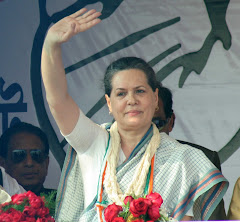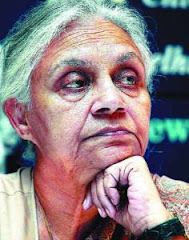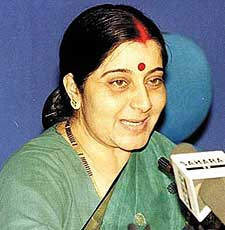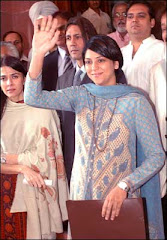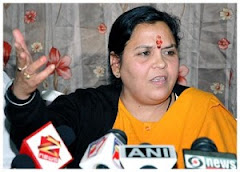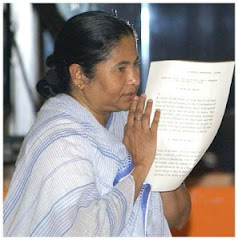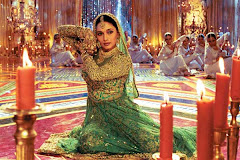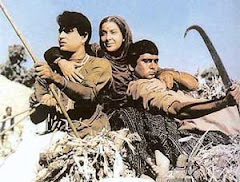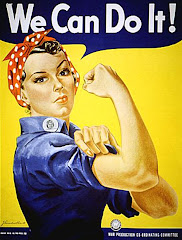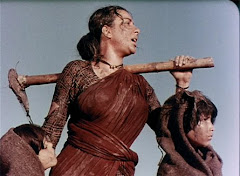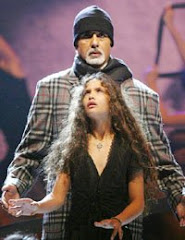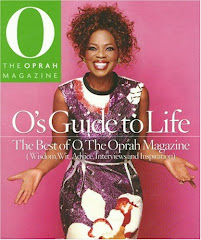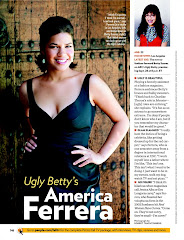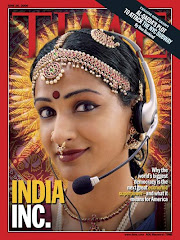Here I will analyze three essential characteristics of evolution of women in cinema, namely; the virgin-whore complex, femme fatale and finally women being urged to come out and work; in the backdrop of the classical era in Hollywood and the stages in the evolution of Bollywood that came later.
Virgin-whore complex
Cinema has played a critical role in being prescriptive yet, reflective of society. Thus, for a very long time, the films continued to portray the virgin-like image of the ‘good woman’, though lacking in variety and depth of the ‘female psyche.’ This image of the woman as the self-sacrificing good wife, mother, and beloved continued through the 1950s and 1960s. ‘Mother India’ and ‘Madhumati’ celebrated the extreme gracefulness and vigor of women despite personal adversity. In a way, Indian cinema has always celebrated and perpetuated its culture through films.
Parallel films also portrayed the whore, the other, the shunned, and the negative. Classical Bollywood era ushered in a negative representation of women especially in sagas like ‘Anarkali,’ where a dancer falls in love with the ruler’s son. Courtesans, the ‘nautch girls,’ or female dancers began sharing the screen with the pure and virgin-like homemakers. This was essentially done to bring forth to the audience the clear divide between a good and a bad woman. They co-existed but never meeting and therefore, would never share the same space. Usually, the man, as the main protagonist, was the center of these two contrasts. Virgins were confined to the veil and the whores took center stage as the entertainers for the kings in the precincts of the same court. Whores perpetuated the image of the pleasure providers and confined themselves to being objects of just that. They were seen as less than human and not worthy enough of having feelings or a family.
“Many men feel that good girls should be virginal and that men should not marry a woman too free with her sexuality” (p. 219)
For example in Devdas, the protagonist, disheartened upon failing to marry the love of his life Paro, goes to a brothel. There, Chandramukhi, the dancer/prostitute tries to lure him through her seductive dance.
While leaving the brothel, he tells Chandramukhi that “dancing to an audience of drunken men is shamelessness” and emphasizes that a woman can be a “mother, sister, wife, or friend and when she is none, she is a whore”. It is the stark reflection of the thought of the times that there are only two types of women in society, the virgin or the whore. It places the pristine virgin like women way above in the hierarchy, relegating the bad woman to much lower rungs in society.
An interesting difference in the representation of the whore in Bollywood is that she is usually vulgarly laden with clothes and ornaments to exemplify ill-gotten wealth of keeps. Usually adept in classical dance, since temple dancers were meant to appease Gods, her primary task was to appease men, on earth. Yet, she was not fit for the Gods.
Femme Fatale
The femme fatale of 1940’s of classical Hollywood era bloomed in India after Helen, who was born to an Anglo Indian father and Burmese mother, entered the film industry in the 1950’s. Having atypical looks, she became the third type, highly attractive capable of destroying those who succumbed to her charm. Cinema was ready to cash in on the femme fatale image she was able to carry with aplomb. Helen became the vamp capable of luring men and someone who would “just as easily murder a man as marry him” (p.232) thereby, providing the much-needed spice.
However, filmmakers remained restrained, with the fear of influencing and encouraging the woman in the audience to become like the screen siren. Ironically, the vamp was manipulated and contrived in such away that the femme fatale stood for all that an Indian woman should not be. She made inroads like a double-edged sword, giving the much needed fillip to the tad and boring storyline without bringing a bad name to the producers for trying to destroy the so-called Indian culture.
Play Don movie clip
In this clip from the movie Don, Helen, a dancer, tries to seduce the protagonist and gives him alcohol and offers him sexual services. She is at her seductive and sleazy best, provocatively enticing him through her charm which he resists indicating that he has scant respect for women who are ever ready to sleep with people.
In this clip, Helen, tries to engage the protagonist through song and dance and by giving him alcohol so that he stay there till the time the police arrives to catch him something he has not done. in the end of the song the protagonist looks outside the window and realizes that he has been deceived. He leaves Helen at the end of the film, put off by her promiscuous and wanton behavior, to return to his girlfriend. And she Helen eventually pays the price of her overtly manipulative nature by getting killed in the end.
Encouraging women to join the work force
In Hollywood, “a composite propaganda figure was used in print and media campaign to promote the idea that women should leave their homes and enter the workforce” (p. 231), at the time of the II world war. Similarly, partition in 1947 rendered many homeless and hungry. It is in this vein that films like ‘Mother India’, encouraging women to take to the fields, were made exactly ten years after independence.
In this film, the protagonist Radha’s family is reeling under the pressure of a debt which gets compounded when her husband’s arms get crushed under a boulder. Not wanting to be a burden on the family, he leaves never to return. Soon a storm in the village destroys the harvest, and kills Radha's youngest child. The villagers, eager to migrate, decide to stay on the urgings of Radha. She encourages them to start their lives all over again. The most famous scene has the protagonist dragging a plow because she did not have money to buy cattle to plow the land.

Film posters of this image motivated women across India to share the work in the fields alongside their husbands. Just like Rosie the Riveter which is a cultural icon of the United States, representing the American women who worked in war factories during World War II, Mother India became an inspiration for the rural women who till now were confined to the four walls of their homes. A landmark of sorts, it is usually credited with ushering in the green revolution of the 1960’s.

